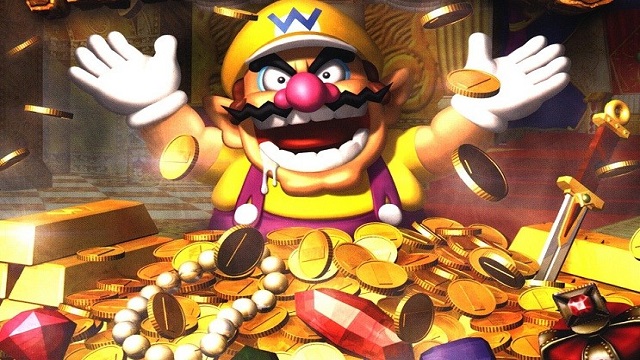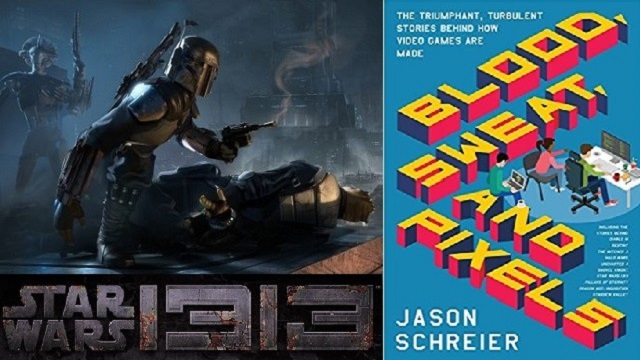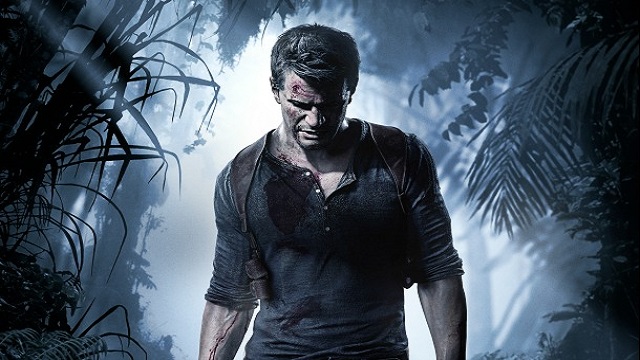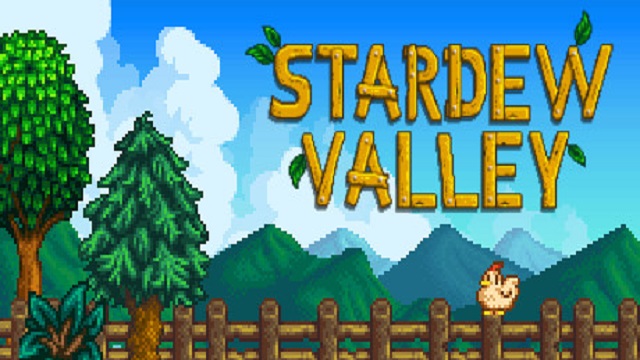When we think of video games, sometimes we wonder how they were made and how all of these ideas came to fruition. What many of us don’t realize, however, is just how many factors go into the creation of a modern video game and how each of them ultimately determines the length, cost, and tools necessary for a game to come to life and eventually be released.
Blood, Sweat, and Pixels: The Triumphant, Turbulent Stories Behind How Video Games Are Made by Kotaku News Editor Jason Schreier tells the stories behind the development of some of the most notable games of the last decade, and how money, fear of cancellation, crunch time, and development team size, among other things, all have a momentous effect on how a game is developed.

The Bigger the Game, The Higher the Cost
From Kickstarter-funded games like Pillars of Eternity to first-party games like Uncharted 4, money is always one of the most important factors in video game development. According to Schreier, the standard burn rate for a game studio can be around $10,000 per person per month, including salaries, health insurance, and office rent, among other things. When you have a hundred or more people working on one game for a large studio, the amount of money that it takes is evidently much greater than that of a smaller development studio. There’s also no accurate way to estimate the cost of each feature of a game before it starts production, so some publishers have to gamble, not knowing how much money or time it will take for a game to be made, if it will see a delay, run into other development problems, or have to be canceled somewhere down the line
The information Schreier provides about the actual cost of video games helps us understand a bit more about how much various games cost to us as consumers. If a game takes a hefty amount of money to make but after release receives negative reception and low sales, then the money spent won’t be made back, which is a problem for both the publisher and developer.

Constant Fear of Cancellation
Through interviews with several game developers, Schreier reveals that a worry with any game in development is that it can be canceled at any point in time. These cancellations can arise from a number of setbacks. The publisher might decide they don’t want to help fund the project anymore, a Kickstarter campaign may fail, or the development team could decide the game isn’t going where they originally thought it would or wanted it to, so they decide to work on something else. How a game is canceled can also greatly depend on what type of game it is and how much money/resources are being poured into it.
In the case of the now gone-but-not-forgotten Star Wars 1313, even during the beginning of development, when it was set to be connected to a proposed television series, there was some fear that the project would ultimately be canned after a certain amount of time. After having worked on it for so long, the developers were finally ready to show some of their game at E3 in 2012, even though by the time this was all said and done, the developers knew the demo was not the best representation of what the game was planned to turn into due to input from George Lucas. Development continued even in the months after Disney acquired LucasArts, and it wasn’t until after the first few months that LucasArts was shut down, with the Star Wars 1313 team having to look for new jobs and never being able to finish the game they had been working so hard on for the past several years.
Schreier’s observation of the tragedy of Star Wars 1313 and the pressure developers feel helps us sympathize more with developers and understand why some games have to be delayed, because most developers don’t want their game to be released in what they see as an unfinished state. Going through several delays is a preferable alternative to complete cancellation, even if some fans get unnecessarily angry about it at times.
Crunch Is a Double-edged Sword
Crunch is an often-discussed problem in the video game industry, and while it’s an important issue, it’s unfortunately seen as a necessary evil by some when trying to get a game to release by a certain date. Through examining the development of big triple-A games like Uncharted 4 and Halo Wars, Schreier explores how crunch can benefit games but still be a detriment to those who work on them. What makes the discussion of this topic more fair-minded is that Schreier goes into how some developers enjoyed crunch because it helped them feel like they were making stupendous progress on a project they enjoyed working on, when not feeling fatigue or missing their loved ones due to how much of their life was taken up by their work.
One Developer versus Hundreds
When a game is going through development, the size of the development team is another significant factor in determining how much money and time it may take for the game to release. While triple-A games like Uncharted 4 and The Witcher 3 had hundreds of people on their team, indie games tend to have a fraction of that. For example, The Witcher 3 benefited from an entire Quest Department, whereas Stardew Valley had only one developer — the creator, Eric Barone — until the game started gaining traction and caught the attention of Chucklefish Games, bringing it some outside help.
Learning about some of the key differences between indie and triple-A game development, and how the development of these games can still face similar types of problems despite their differences, is interesting to say the least. No matter which type of game you’re a fan of, it really puts into perspective how different games can succeed, even when the end result is impossible to predict.
Blood, Sweat, and Pixels is available on Amazon both physically and digitally. An audio book version, narrated by Ray Chase (Final Fantasy XV) is also available.









Published: Jan 5, 2018 9:24 PM UTC